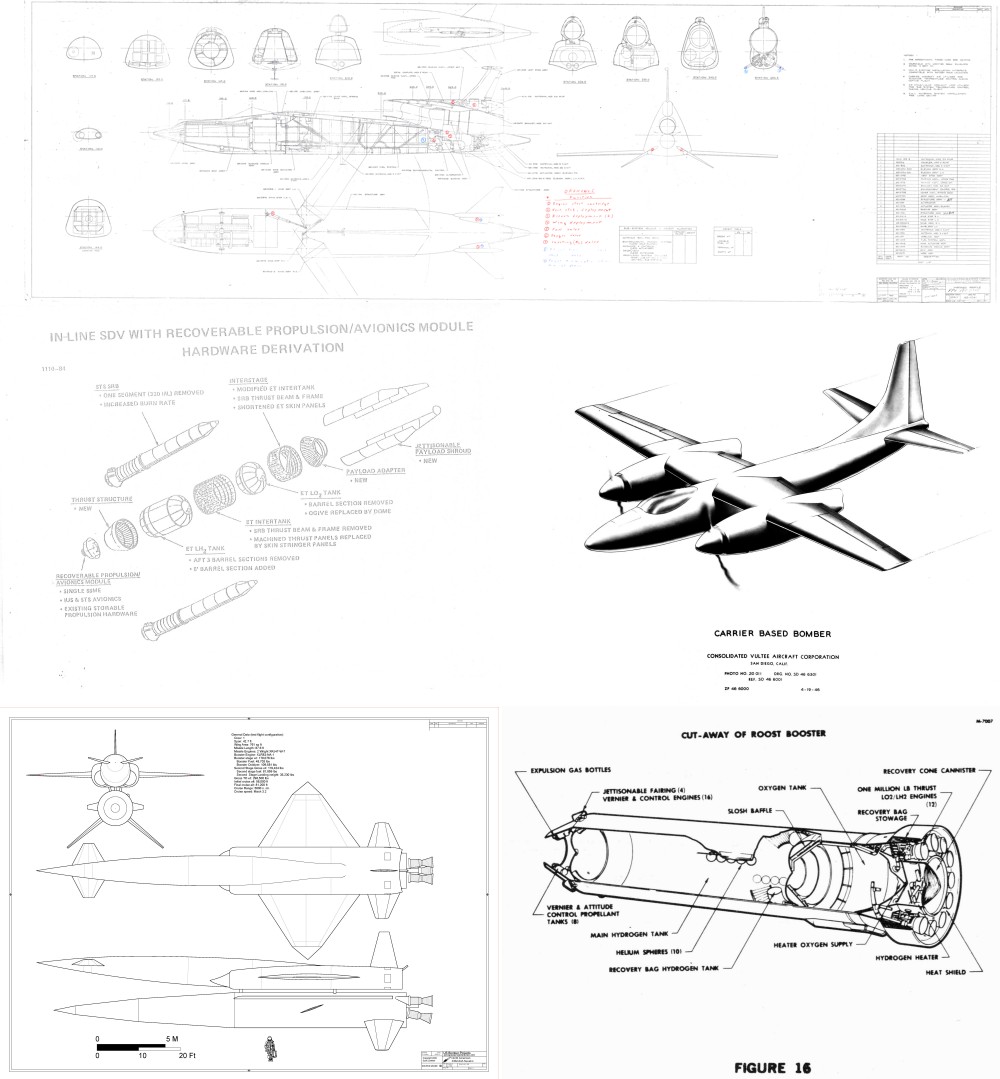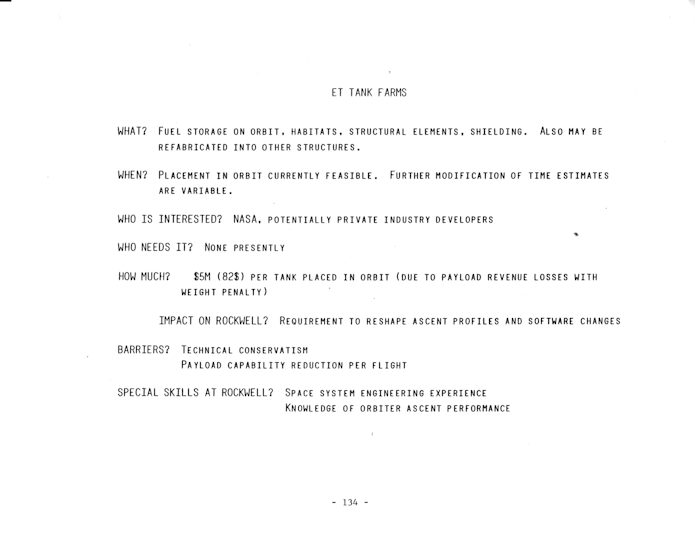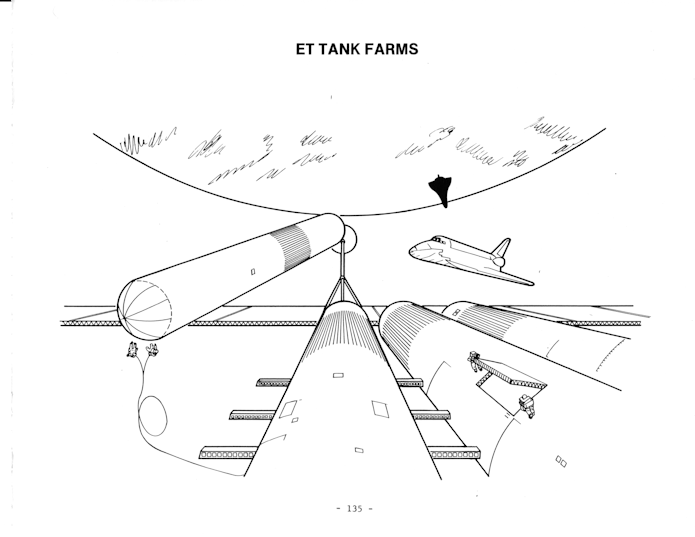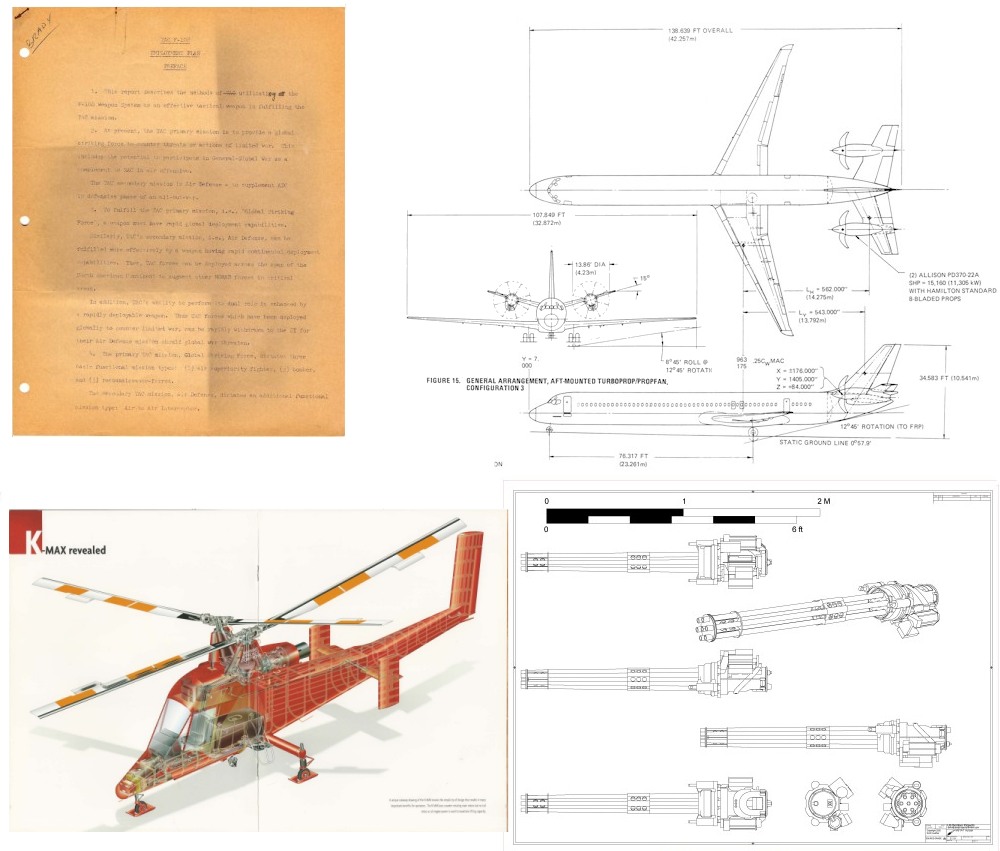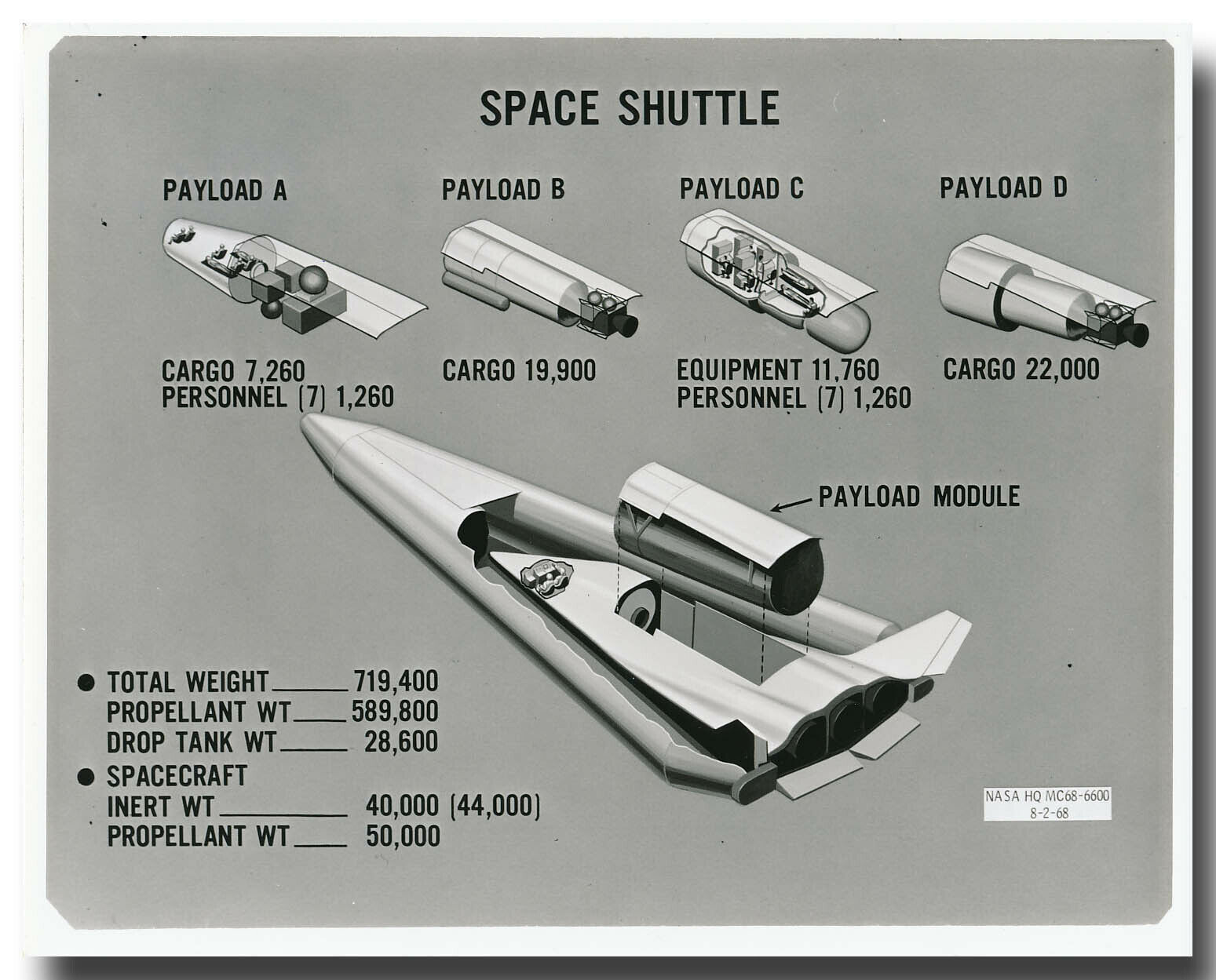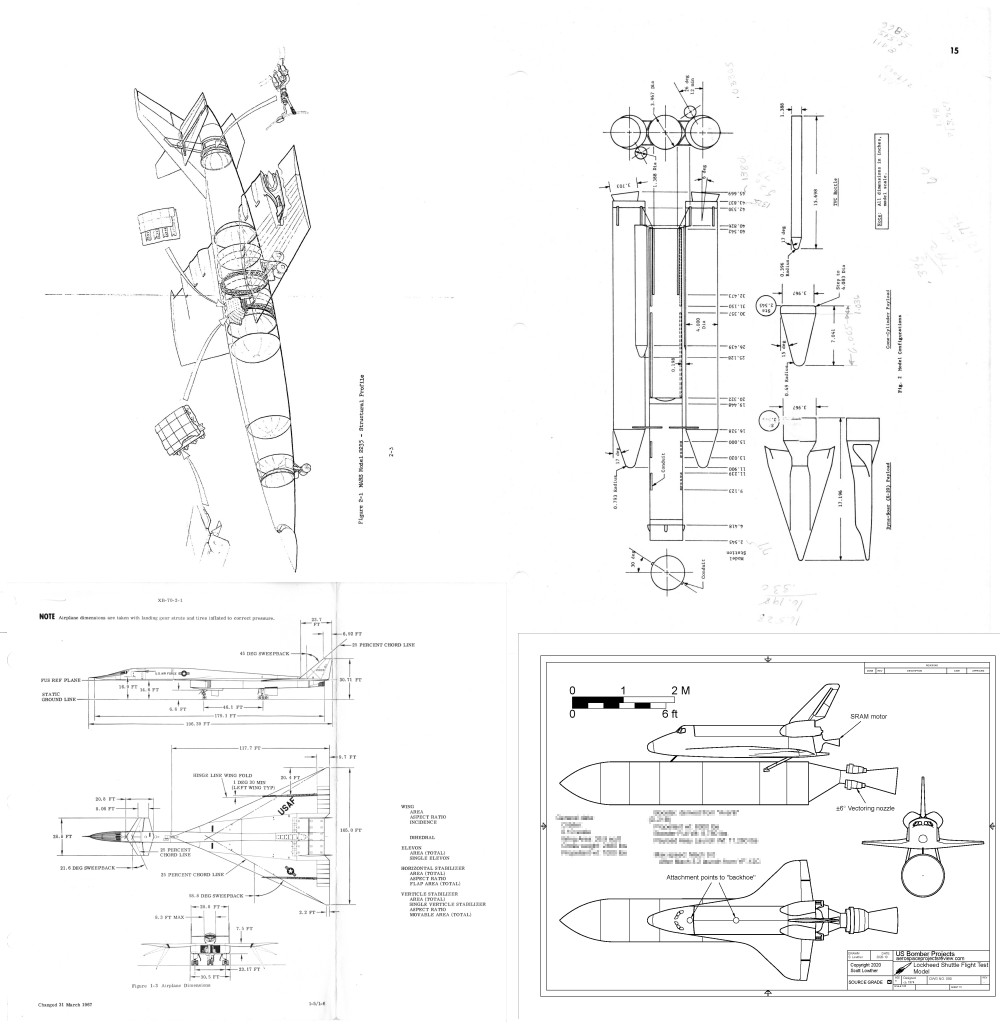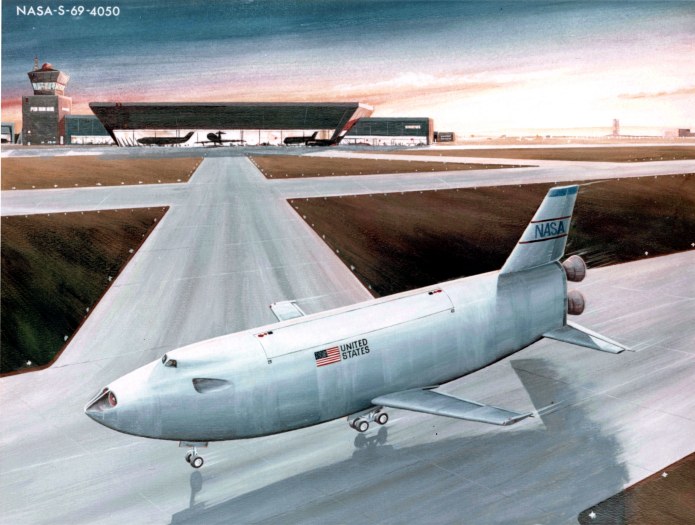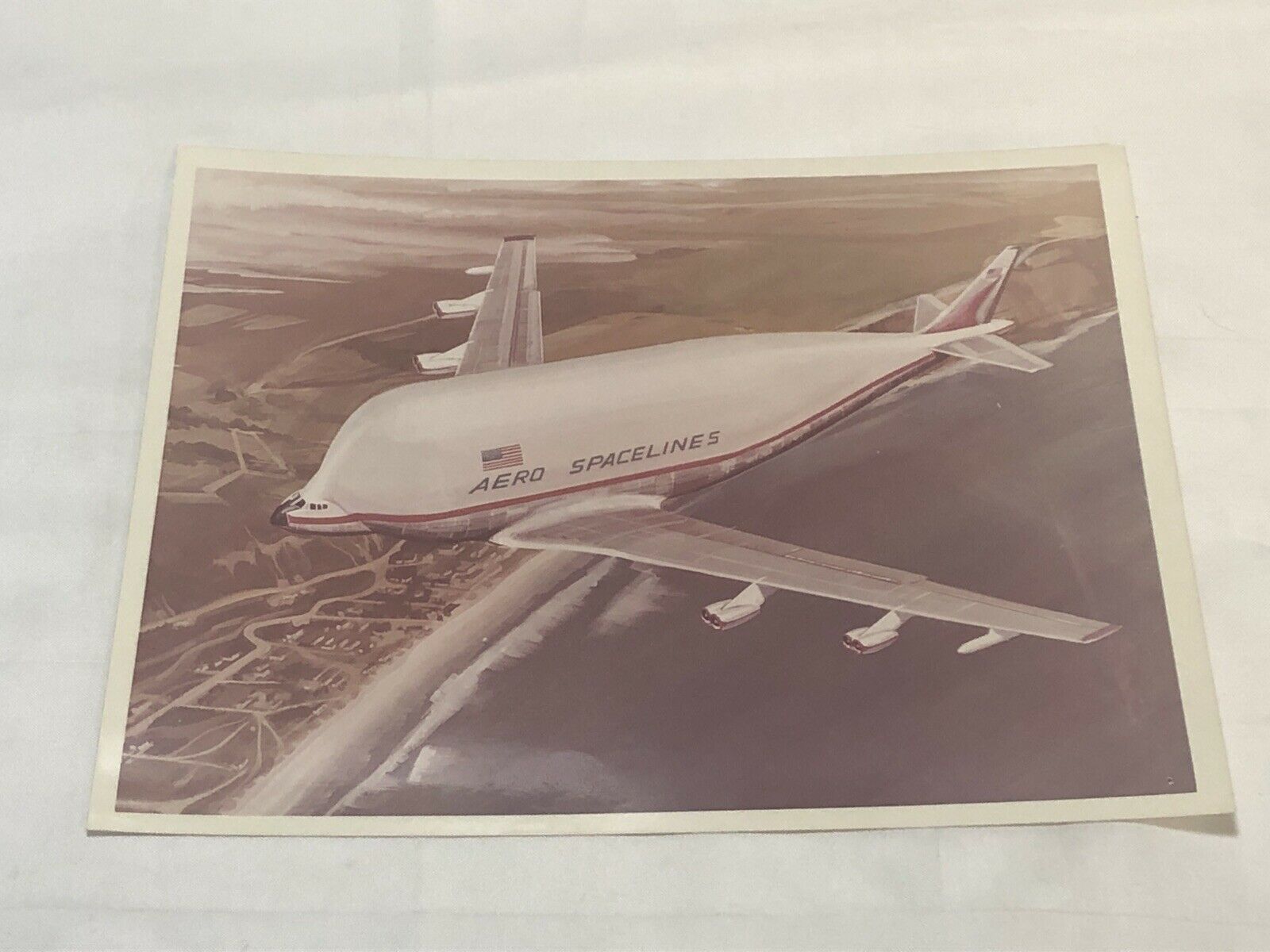Just released, the December 2020 rewards for APR Patrons and Subscribers. Included this month:
Diagram: a large format diagram of a Lockheed cruise missile. The designation of the missile is not given, but this looks like a SCAD design.
Document 1: Consolidated Class VB Carrier Based Bomber, from 1946
Document2: “Economic Aspects of a Reusable Single Stage To Orbit Vehicle,” a paper by Phil Bono on the ROOST launch vehicle from 1963
Document 3: “Shuttle Derived Vehicles,” a NASA-MSFC briefing to General Abrahamson from 1984
CAD Diagram: XSM-64A Navaho, the configuration that would have been built as an operational vehicle had the program gone forward
If this sort of thing is of interest, sign up either for the APR Patreon or the APR Monthly Historical Documents Program.
